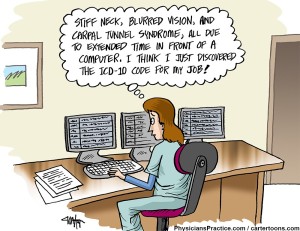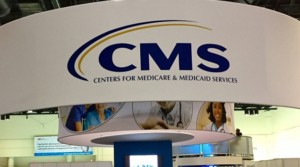
ICD 10 Watch- September 23,2016
It’s less than two weeks before U.S. healthcare providers are expected to use more updated ICD-10-CM/PCS.
- Update patient intake forms, insurance forms and superbills to include ICD-10 specificity. Make sure those forms aren’t encouraging less specific ICD-10 codes.
- Lookup codes instead of relying on ICD-9 to ICD-10 code maps. By nature, code maps and crosswalks lead to less specific codes. Start choosing more specific alternatives.
- Reinforce ICD-10 training. Focus on learning how to code the most used diagnoses.
- Make sure electronic health record (EHR) forms and billing software are updated. Call your vendors and test the updates as soon as possible.
- Look for any trends with unspecified diagnosis codes. When and where are the unspecified ICD-10 codes being used? What can be done to make ICD-10 codes more specific?
- Review use of unspecified codes in top diagnoses. It’s worth the time making sure more specific diagnoses are being assigned.
- Make sure clinical documentation can support more specificity in coding. Medical coders cannot assign specific ICD-10 codes if clinicians are not documenting the details needed.
- Review the ICD-10 guidelines. There are more than codes to update.
- Track denials. Maybe healthcare payers already are requring more specific ICD-10 codes.
Some basic steps will make sure ICD-10 coding remains manageable after Oct. 1.
Questions about ICD-10 codes and reimbursement? Physician Credentialing and Revalidation ? or other changes in Medicare, Commercial Insurance, and Medicaid billing, credentialing and payments? Call the Firm Services at 512-243-6844

